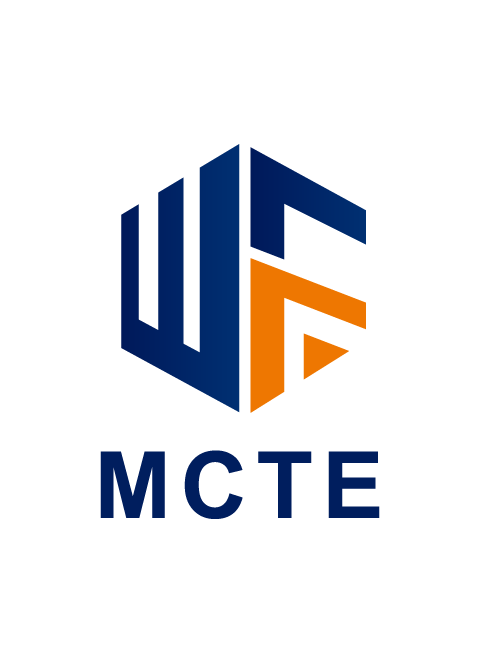

Speaker
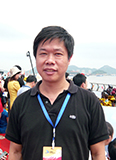
Prof. Wanmi Chen, Shanghai University (click)
Research Area:
Machine Vision, Machine Learning, Dynamic Role Assignment, Decision Optimisation, Motion Control
Speaker Bio:
Prof. Wanmi Chen graduated from the Department of Electrical Engineering of Shanghai University of Technology in 1991 with a Bachelor's degree in Engineering and stayed there, mainly engaged in the development and research of power electronics, microcomputer control and motor drive; from 1997 to 2000, he studied for an in-service Master's degree in Test and Measurement Technology and Instrumentation at Shanghai University and obtained a Master's degree in Engineering; from 2001 to 2009, he studied for a D. in Control Theory and Control Engineering from 2001 to 2009, and received his PhD in Engineering in April 2009. Conducted more comprehensive research on different series of robots (including small football robots, medium football robots, simulation 2D, 3D football robots, humanoid football robots, rescue simulation robots, home service robots, etc.), involving machine vision, machine learning, dynamic role assignment, decision optimization, motion control, etc.
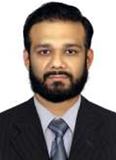
Assoc. Prof. ZAIN ANWAR ALI, Sir Syed Pakistan UE&T, Karachi, Pakistan
Research Area:
Bio-Inspired Optimization Algorithms Control Theory and Control Engineering Network-based Systems, Robotics, Autonomous Unmanned System i.e.(Aerial and Underwater Vehicles), Industrial Controls & Automation, Programming Logic Controller PLC
Speaker Bio:
To be added...

Assoc. Prof. Zeashan Hameed Khan, Air University, E-9, Islamabad, Pakistan
Research Area:
Smart Manufacturing, Industry 4.0, Renewable Energy, Automation and Control, Biomedical Sensors and Systems etc.
Speaker Bio:
Academically sophisticated professional (Doctorate and two Master degree holder) with a pioneering career reflecting strong technical expertise flavored with intensive professional teaching and research experience in the industry as well as in academia. Multi-domain research interests including smart manufacturing, industry 4.0, renewable energy, automation and control, biomedical sensors and systems etc.
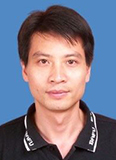
Prof. Wei Chen, Nanjing Institute of Technology (click)
Research Area:
Intelligent Robotic Control Technology, Image Acquisition and Processing, Multi-sensor Information Fusion
Speaker Bio:
He is a visiting scholar at the Hong Kong University of Science and Technology, a visiting researcher at the State Key Laboratory of Metamaterials Electromagnetic Modulation Technology, a technical committee member of the International League of Underwater Robot and a technical committee member of the China Robotics Competition. In recent years, he has been engaged in intelligent robotics education and teaching, scientific research and innovation guidance work.
In recent years, he has been awarded the second prize of Jiangsu Provincial Science and Technology Progress Award, three national science and technology progress awards from industry associations, presided over and participated in the completion of six research projects, published four textbooks, published more than 20 academic papers (SCI/ EI search and Chinese core) independently or as the first author, and guided students to win more than 30 first prizes in China Robotics Competition and National Student Electronic Design Competition.
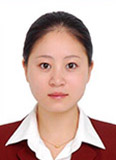
Prof. Na Li, Xidian University (click)
Speech Title: Structural design of new antenna system based on electromechanical coupling theory
Abstract:
Antenna is a typical electromechanical deep-coupled electronic equipment. The structure factor is the physical carrier and guarantee for the realization of its electrical performance, while the existence of structure error restricts the realization of its electrical performance and the further development of its technical level. With the rapid development of communication, navigation and reconnaissance in our country, the performance of antenna is required to be higher and higher. Facing the severe performance requirements such as high gain, low profile, wide bandwidth, strong vibration and large temperature difference, the antenna must meet the performance requirements of many disciplines. At this time, the existing traditional antenna system is difficult to meet, want to further improve the performance of the antenna is unlikely. Therefore, it is urgent to study the design and optimization of the new system antenna under the guidance of electromechanical coupling theory. In this paper, the application and development of the basic theory of electromechanical coupling in antenna structure design and optimization are introduced, taking three new antenna systems, such as flexible shaped antenna, Optical nano-rectifying antenna and low frequency mechanical antenna, as examples. The contents of the report include the basic design theory of the three new systems, the mechanism requirements of the influence of key structural factors on their performance, and the design, preparation and testing of samples. At last, the key scientific and technical problems in the design and optimization of the new system antenna are summarized and refined, which lays a theoretical foundation and accumulates valuable engineering experience for the design of the new system antenna in our country.

Assoc. Prof. Wei Wei, Xi’an University of Technology, China (click)
Sopeech Title: Gradient-Driven Parking Navigation Using a Continuous Information Potential Field Based on Wireless Sensor Network
Abstract:
Wireless sensor networks can support building and transportation system automation in numerous ways. An emerging application is to guide drivers to promptly locate vacant parking spaces in large parking structures during peak hours. This paper proposes efficient parking navigation via a continuous information potential field and gradient ascent method. Our theoretical analysis proves the convergence of a proposed algorithm and efficient convergence during the first and second steps of the algorithm to effectively prevent parking navigation from a gridlock situation. The empirical study demonstrates that the proposed algorithm performs more efficiently than existing algorithms.
